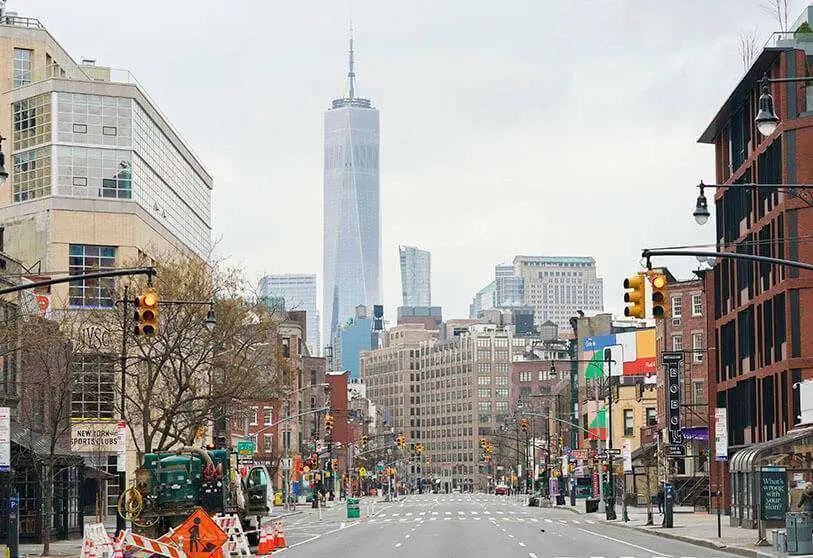Five realities of the U.S. recession

"In the second quarter there will be another even more pronounced drop in GDP, as large areas of the country remain in confinement". Normally, recessions are difficult to predict, but this time it has not been the case. The COVID-19 pandemic that is sweeping the world has pushed the US economy into recession, with US GDP falling 4.8% in the first quarter. While the fall has been considerable, in my opinion, there will be another even more pronounced fall in the second quarter, as large areas of the country remain in lockdown. In the United States, we are seeing a sharp reduction in consumer spending and industrial production, and there are five realities that need to be taken into account.
The largest drop in quarterly GDP after 1950 occurred in the first quarter of 1958 and was 10%. This sharp decline in growth occurred in the context of the recession of 1957-1958, caused by a confluence of factors, including an influenza pandemic. Although the structure of today's economy is very different, the United States is no stranger to the economic turmoil caused by the pandemic. The U.S. economy recovered strongly in the late 1950s, with growth exceeding 5%.
As some areas of the United States are trying to ease restrictions, I believe that the recovery in activity could begin as early as June in certain sectors and more generally in the third quarter.
The good news is that recessions are usually not too long. Although this time it may be different, our analysis of 10 cycles since 1950 shows that recessions have lasted between 8 and 18 months, with an average duration of 11 months. For those directly affected by unemployment or business closures, it can seem like an eternity. However, investors with a long-term investment horizon would do well to take a broader perspective. The average expansion increased economic output by 25%, while the average recession reduced GDP by less than 2%.
U.S. consumers represent approximately two-thirds of the economy. Given that unemployment benefits have skyrocketed - although many of them are temporary - and that consumers are staying at home, it is not surprising that the economy is weakening. The $2 trillion stimulus package will help sustain some levels of consumer activity, but employment uncertainty is likely to keep many consumers in an austere mood.
The sharp fall in oil prices has put great pressure on the energy sector. Oil contracts in May turned negative in April, as producers struggled to find storage for the bulging supply tanks, due to the sharp reduction in vehicle use and gasoline consumption by consumers. While the negative impact of falling oil prices is likely to be felt in the US oil fields, lower energy prices may provide an incentive for consumers and industries with a high transport component.
Waiting for everything to become clearer could result in investors not taking advantage of the market. Since World War II, in recessions with corresponding stock market corrections, the S&P 500 has bottomed out, on average, three months before the end of each recessionary period. This is not much consolation for investors who have endured market volatility, but even when the economy weakens, there are opportunities to invest in large companies at a discount.
While the maxim that the stock market is not the economy is true, market volatility tends to be reflected, with some lag, in economic data. Therefore, even when financial markets are on the road to recovery, it may take some time for the economy to react. Focusing on long-term investment can help investors navigate an environment of short-term volatility.
